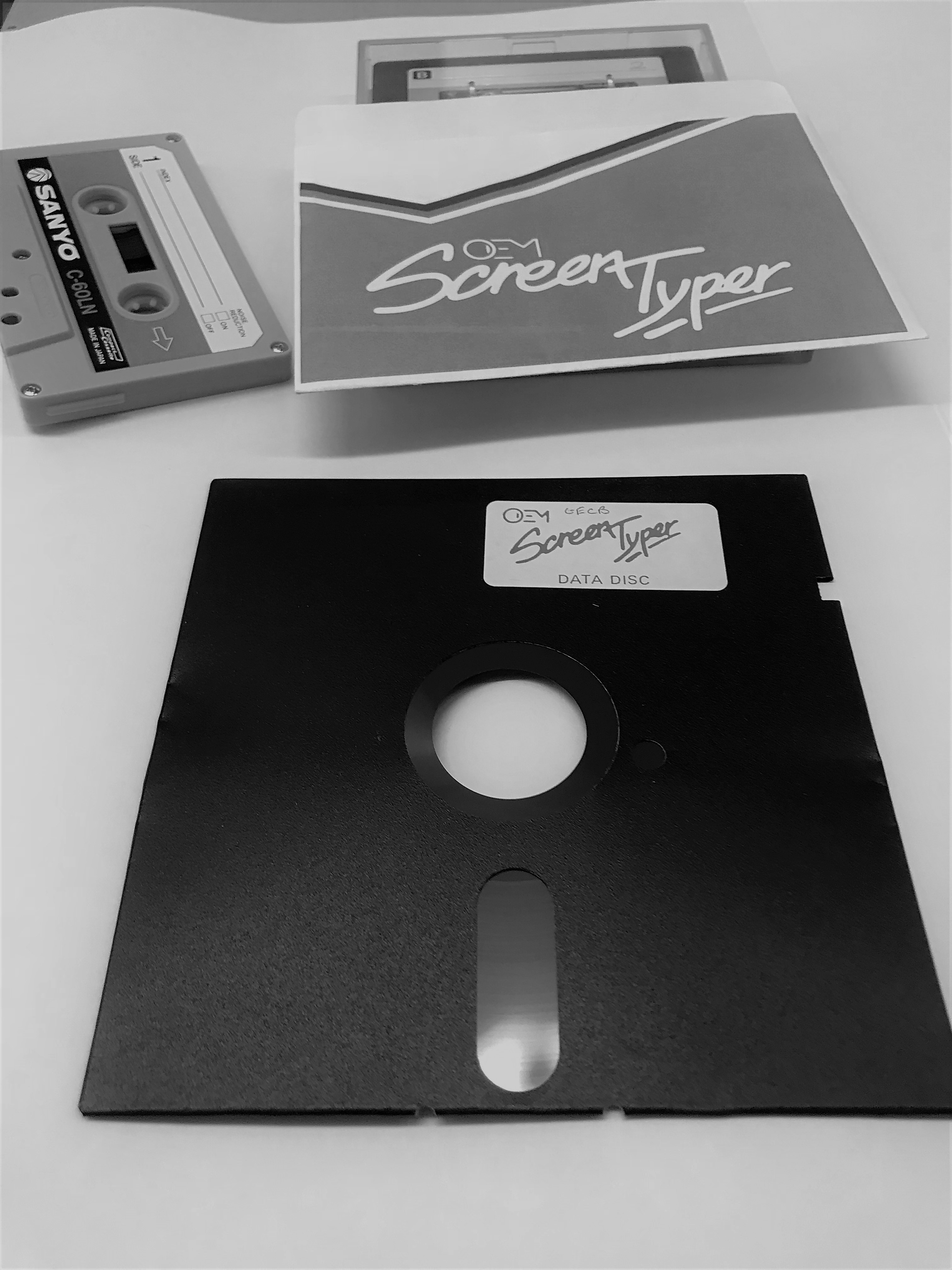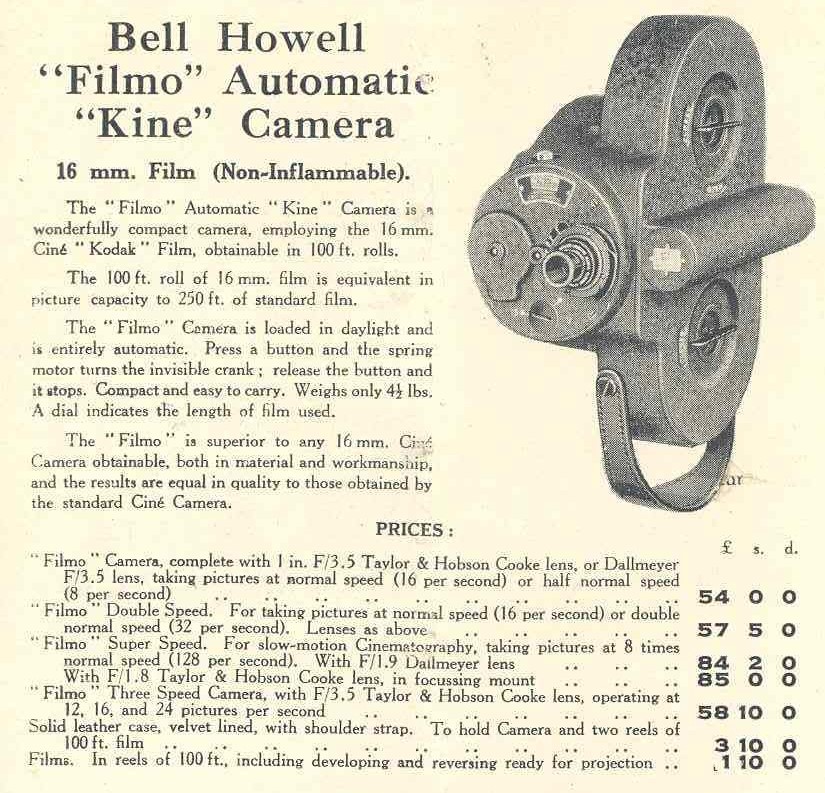Creating Your Files
When we create a digital file the meaningful content or message we care about is encoded into a sequence of binary digits, formatted in a particular way.
Choosing software that is widely used or not tied to one particular software company – raises the chances of that file being readable long into the future.
If you are creating digital images, audio or video, determining the fidelity (i.e. the quality) of your digital material is also important. Certain file formats commonly used for sharing or published on the web are of lower quality so that users do not experience the frustrations of waiting too long for files to be downloaded/streamed/presented to them. However when we are choosing files to preserve for the long term we would choose the best quality file available in order to maintain a high quality source for longer.
Where possible select a sustainable file format; that satisfies one or more of the following:
- Non-proprietary - so that the format is not tied to one piece of software or platform developed by a particular company.
- Open - in that key characteristics and specifications of the format are documented and available so that anyone can use or implement the format.
- Widely-used and supported - such as Microsoft's office formats.
- Recognised as a standard by groups such as the International Standards Office (ISO).
- Consider the following questions to help you determine the fidelity of the file you are creating:
- Who, besides you, may need to access the material, either now or in the future?
- How long will this material be needed and by whom?
- Is the material duplicated elsewhere?
- Will you have to or do you want to put the material in an archive or data repository?
Click on the links below for more information
Creating images
What you need to know about image formats to help you choose a suitable one for long term preservation.
Creating documents

Use widely supported or open formats such as Word (.docx), OpenDocument Format (.odt) or PDF. Include metadata where you can and if formatting is important remember to embed the fonts you use. If you are creating a spreadsheet remember to include column headings – otherwise it may not make sense to anyone else.

Creating audio
What you need to know about audio formats to help you choose a suitable one for long term preservation.
Creating video
What you need to know about video formats to help you choose a suitable one for long term preservation.
